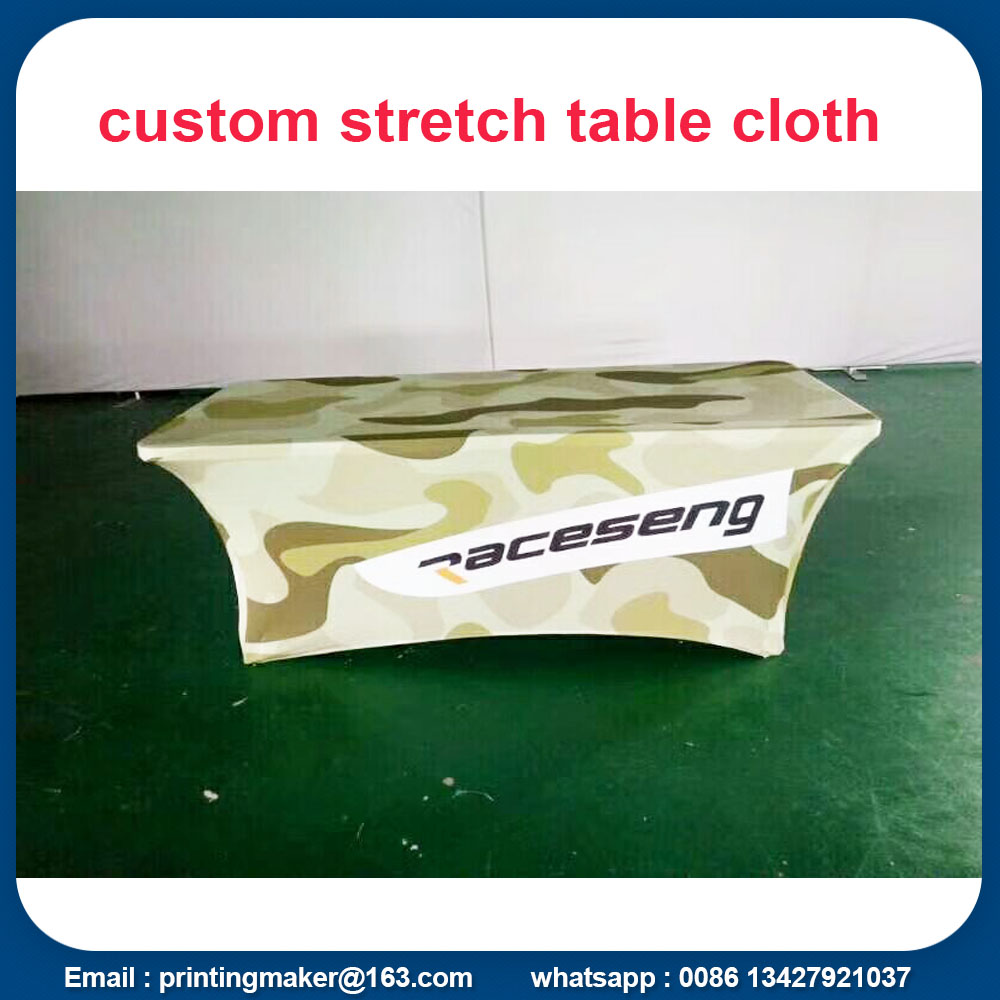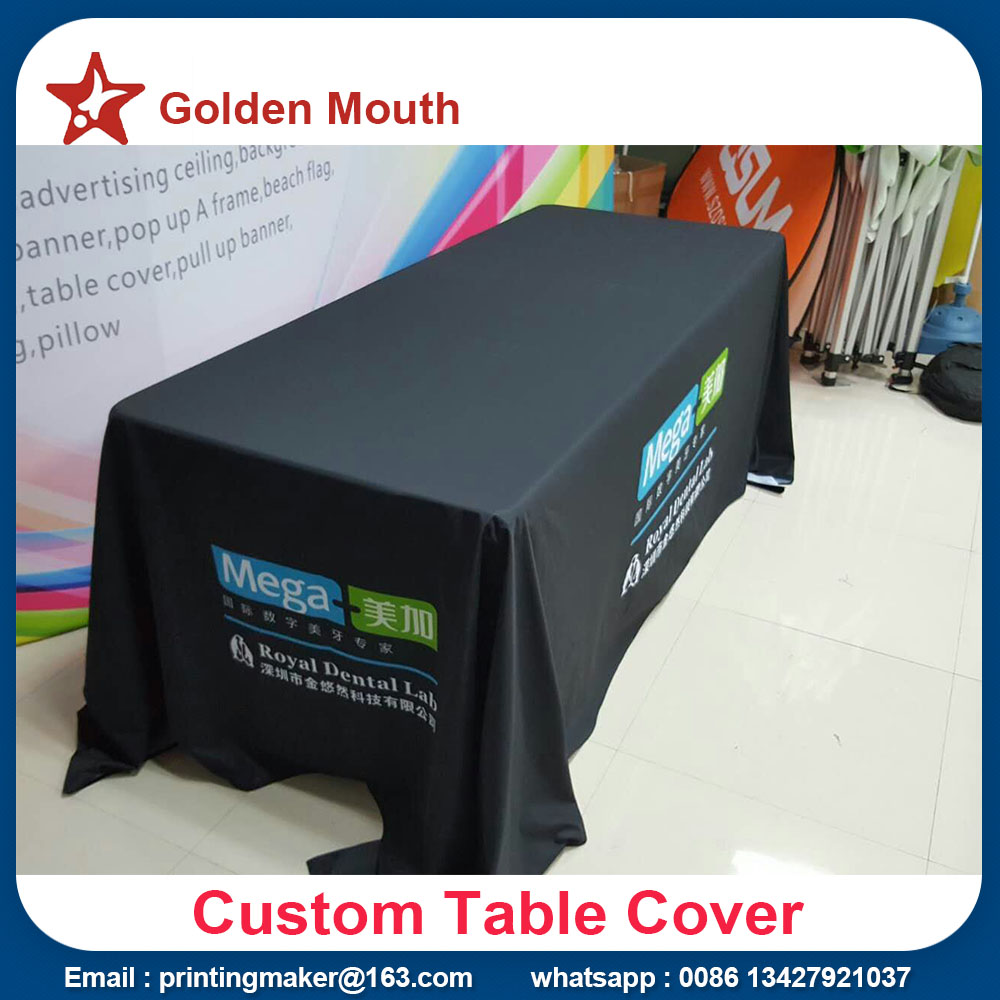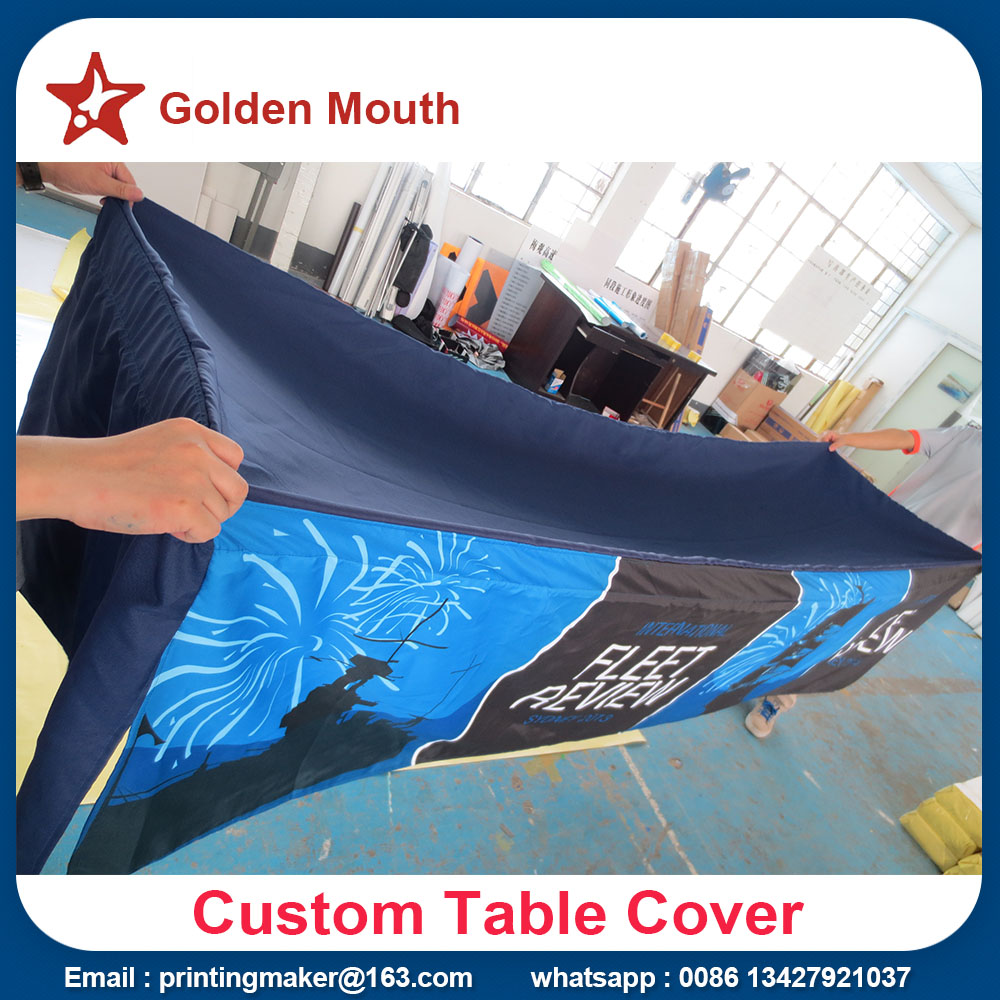Application Research of Solid Lubrication Technology in Scroll Vacuum Pump
As a volumetric rough pump without oil, the scroll vacuum pump has attracted more and more attention in the vacuum application field due to its simple structure, low vibration noise, high reliability and good pumping characteristics. Since there is no oil and sealing liquid inside, the contamination of the pump oil is effectively eliminated, so that a clean vacuum can be obtained. On the other hand, due to the lack of lubrication and sealing of the oil, the scroll body is only sealed by the gap when engaged, so that the performance of the pump will depend on the machining accuracy and the solid lubrication performance between the scrolls. This paper studies the application of solid lubrication technology in scroll vacuum pumps. 1 Scrubbing in the Vacuum Pump The vortex vacuum pump is sealed by the gap. To increase the pumping speed and lower the limit pressure, the leakage must be reduced by controlling the clearance. The gaps between the closed chambers are mainly radial and axial, as shown. When the gap is small, friction occurs due to machining, assembly errors, and heat deformation during operation, which is easily contacted. According to the part where the friction occurs, it is divided into a tooth tip friction and a flank friction. The tooth tip friction occurs at the axial gap between the top plate of the rotor plate (static plate) and the bottom surface of the tooth plate of the stator plate (rotor plate); and the friction at the tooth side occurs in the radial direction at which the face plate meshes with the teeth of the stator plate. Clearance. Mechanical friction on the one hand leads to the loss of power. On the other hand, it also causes the wear and tear of the scroll wall and even lock-up, resulting in damage to the scroll pump. Therefore, lubrication measures must be taken into consideration for the two contact surfaces at the gap. In the scroll compressors, oil lubrication is generally used to solve the problems. However, the existence of oil cannot exist in the scroll vacuum pump. Therefore, it must be solved by solid lubrication. 2 Mechanism and Influencing Factors of Solid Lubrication The so-called solid lubricity means that the solid lubricant is adhered to the friction surface by plating, spraying, etc. to form a solid lubricant film. When rubbing, a transfer film is formed on the surface of the dual material to cause friction to occur inside the lubricant. , To achieve the purpose of reducing friction and reducing wear. There are many types of solid lubricants, and the lubrication mechanism is also more complex. The basic raw materials can be divided into soft metals, metal compounds, inorganic substances, and organic substances. Irrespective of the type of solid lubricant, the lubricating performance depends mainly on whether or not the transfer film is formed on the friction surface. The transfer film has a low coefficient of friction, and the firmness and wear resistance of the transfer film and the substrate are factors. Lubrication characteristics of solid lubricating films are related to factors such as hardness of the substrate, mating materials, surface roughness, and thermal expansion coefficient. Among the many lubricating materials, PTFE has become one of the most widely used materials due to its advantages such as low friction coefficient, good high and low temperature performance, good chemical stability, and free from the influence of the ambient atmosphere. However, due to its crystal structure characteristics, it is easy to wear. In order to compensate for this disadvantage, PTFE is not usually used alone. Instead, FTFE filled with various additives is used. This lubrication is widely used in the lubrication of scroll vacuum pumps. Materials, the following describes the solid friction lubrication on the three sides of the solid lubrication side of the vacuum pump in the radial friction gap where the moving disk meshes with the surface of the stationary disk tooth. Since the flank is sealed against the gap to prevent leakage, in order to reduce the amount of leakage through the radial gap, the value of the radial gap is generally taken to be very small. In this case, the vortex is easily caused by machining accuracy, assembly accuracy, and temperature rise in the pump during operation. The contact between the rotating bodies results in friction between the moving plate and the stationary side of the stationary plate. In severe cases, the swirling bodies are interlocked and the pump is locked. The side friction of the scroll body is generally solved by forming a solid lubricant film on the surface of the substrate. The tribological properties should be considered first when selecting the coating material, and the reasonable matching between the coating and the substrate should also be considered, such as the influence of the physical and mechanical properties of the substrate on the coating, and the bonding strength between the coating and the substrate. A reasonable match between the plating and the substrate should include the following: The closeness of the elastic modulus between the plating and the substrate. If there is a big difference between the two, when the external force is applied, the interface will generate a large stress, and it is easy to peel off the coating from the substrate. The coefficient of thermal expansion of the two should be close. Otherwise, when the system heats up, the resulting thermal stress can cause the coating to fall off. The hardness of the substrate should be large enough. The solid lubricant film exerts a lubricating effect by sharing the load on the base material. The higher the base material hardness, the smaller the friction coefficient of the solid lubricant film and the more wear resistant. A large number of experimental results show that increasing the hardness of the substrate can effectively improve the wear resistance of the lubricating film and prolong its service life. In scroll vacuum pumps and scroll compressors, the scroll disks are generally hardened, such as anodizing the aluminum alloy substrate, and using NIP electroless plating to increase the hardness and corrosion resistance of the steel. The quality of the coating determines the overall performance of the pump. How to coat the surface of the scroll with a layer of wear resistant, lubricious, and non-shedding solid lubricant film has become a key technical problem in the development of scroll machinery. 4 The flatness and parallelism of the solid lubricating tooth top and the bottom of the tooth groove on the tooth top friction determine the sealing performance of the tooth top and the bottom surface. When the machining accuracy is low, the contact friction in the local area will occur. For the friction here, the foreign scroll vacuum pump adopts the sealing strip structure, and the sealing strip is embedded in the sealing groove on the top of the scroll and the stator of the stator, and the tooth top is replaced by the elastic contact of the sealing strip of the tooth top and the bottom plane. The direct rigid contact with the bottom plane not only plays a role of sealing and lubrication, but also can automatically adjust the axial error caused by processing, assembly and deformation through the elastic sealing strip. And spraying or infiltrating the PTFE has a certain degree of self-lubricating. Therefore, the lubrication performance of the tooth top will mainly depend on the structural characteristics of the sealing strip. For the working characteristics of the scroll seal, the performance of the scroll seal should meet the following requirements: Some of the above properties are interrelated and must be considered comprehensively. The sealing strip is a self-lubricating composite material, which is formed by mixing a solid lubricant (such as PTFE) with other materials and pressing it to sinter or impregnate it. According to their work requirements, you can choose to add different components. Domestic and foreign scholars have made extensive research on sealing strip materials and developed composite materials with various properties. An injection-molded sealing material with a mass composition of 35% to 15% carbon fiber and 5% to 15% organic powder. Such a sealing material has characteristics such as abrasion resistance and easy molding, and has a good seal when used in the sealing of a scroll member made of an aluminum alloy. The sealing materials proposed in P-A 45 492 and P-A 625 645 contain a liquid crystalline polymer in which a material such as glass fiber is added. For the selection of seal material, it is necessary to meet a certain degree of elasticity, wear resistance, but also have a certain degree of self-lubricating and high temperature resistance. PTFE is a good sealing material that meets this requirement, but the disadvantages such as low wear resistance and large thermal expansion coefficient when used alone have an impact on its performance and service life. Therefore, various researches on sealing materials at home and abroad are mostly based on PTFE and adding other components. For example, in the sealing material described in U.S. Patent No. 5,575,634, a carbon fiber and a balance material of not more than 10% hard particles and a polyphenylene sulfide resin are added, which greatly improves the wear resistance of the sealing material, and reduces the wear resistance of the sealing material. Its coefficient of thermal expansion, and because PTFE has good self-lubricity, reduces the roughness of the friction surface, improves the sliding friction performance in the absence of lubricating oil, which not only plays a good sealing effect, but also reduces the Friction loss. 5 Concluding Remarks 1 As mentioned before, both c-actuated plates and static plates have been surface-hardened, and the amount of impregnated oil in this paper is in favor of the mechanism of solid lubrication technology (turning to page 29) and reducing the injection rate to reduce melt flow. Shear force. In addition, it is also possible to increase the temperature of the barrel and increase the temperature of the mold so as to increase the movement of the molecules and eliminate the degree of molecular orientation as much as possible. Through this effort, the harm caused by shrinkage unevenness and deformation caused by molecular orientation can be reduced. 6 Conclusion Injection molding, in addition to molecular orientation, there are other factors that can cause plastic shrinkage and deformation, in fact, should fully consider various factors. Molecular orientation occurs inside plastics and is difficult for people to grasp.
Our tablecloths are produced from knitted polyester,240g stretch fabric ,600D
oxford fabric, and are dye sublimation printed or digital printing . We print
full color onto the table covers, any color we can print on it with CMYK color
.And the tablecloths are washable ,you can use them for times.
The common dimensions of our table throw as
below :
4ft
standard table throw : 48*29 inches
6ft
standard table throw : 72*29 inches
8ft
standard table throw : 96*28 inches
Style of our table throw :
1. Stretch
Tension Fabric Table Throw
2. Draped
Table cover :
3. Fitted
Table Cover :
All of our
table covers can be custom graphic printing (inc logo ,brand ,product ,service
ect) !
Custom Printed Table Covers,Printed Table Covers,Custom Table Covers,Custom Tablecloths Golden Mouth Advertising (H.K)Co.,Ltd. ( Jie Da Advertisement Co.,Ltd) , https://www.advertisingflagbanners.com


